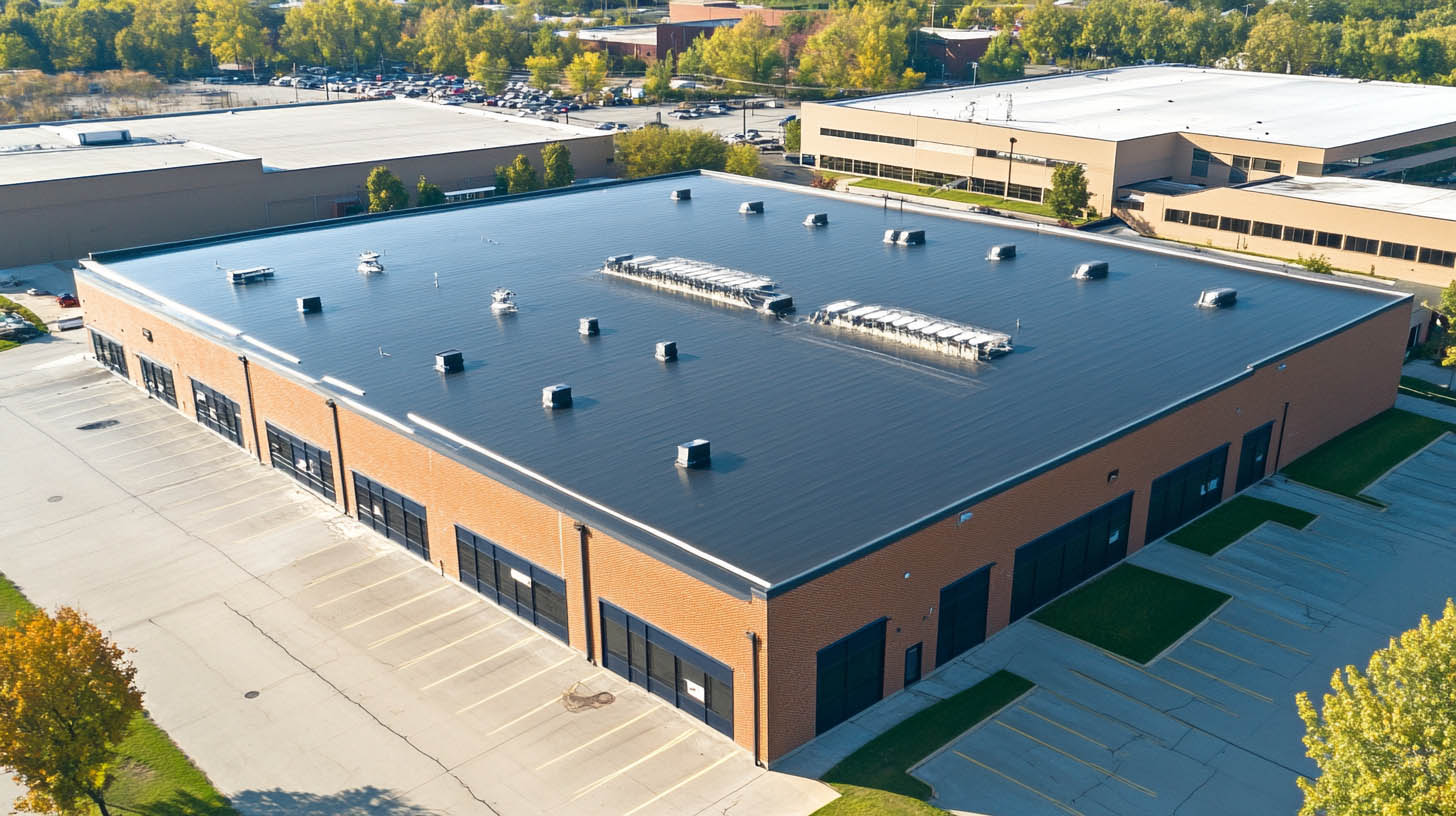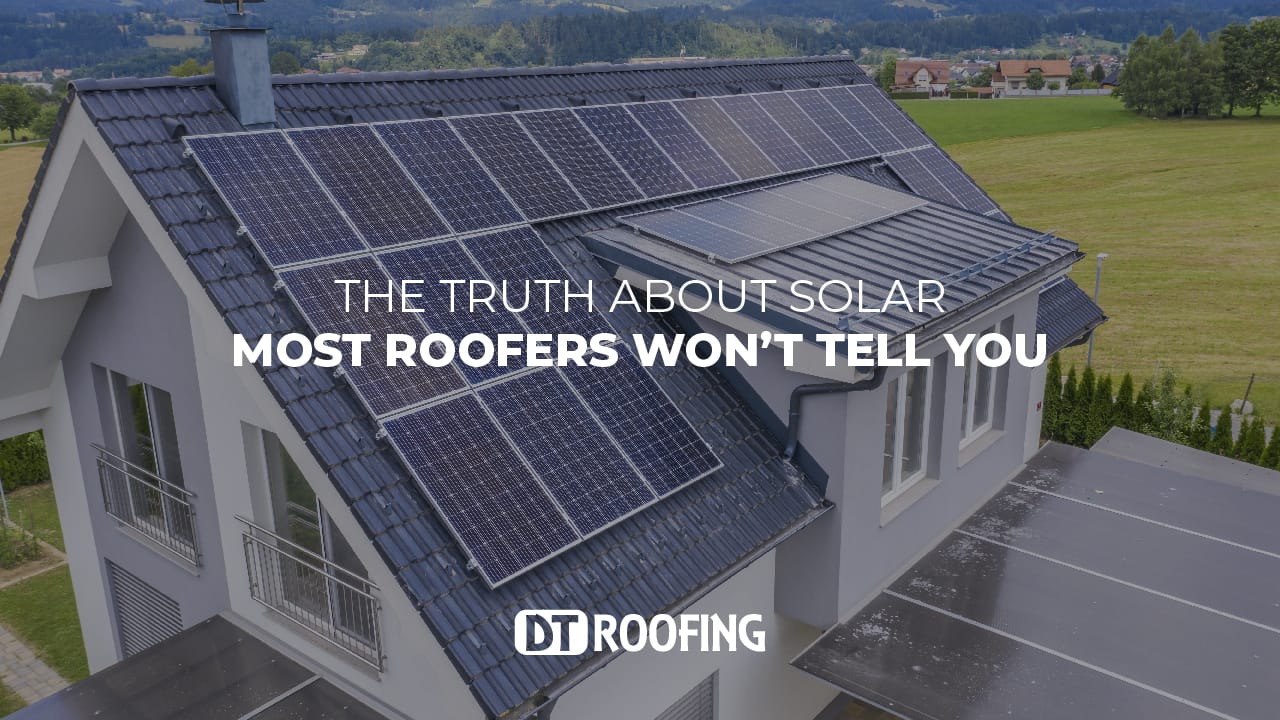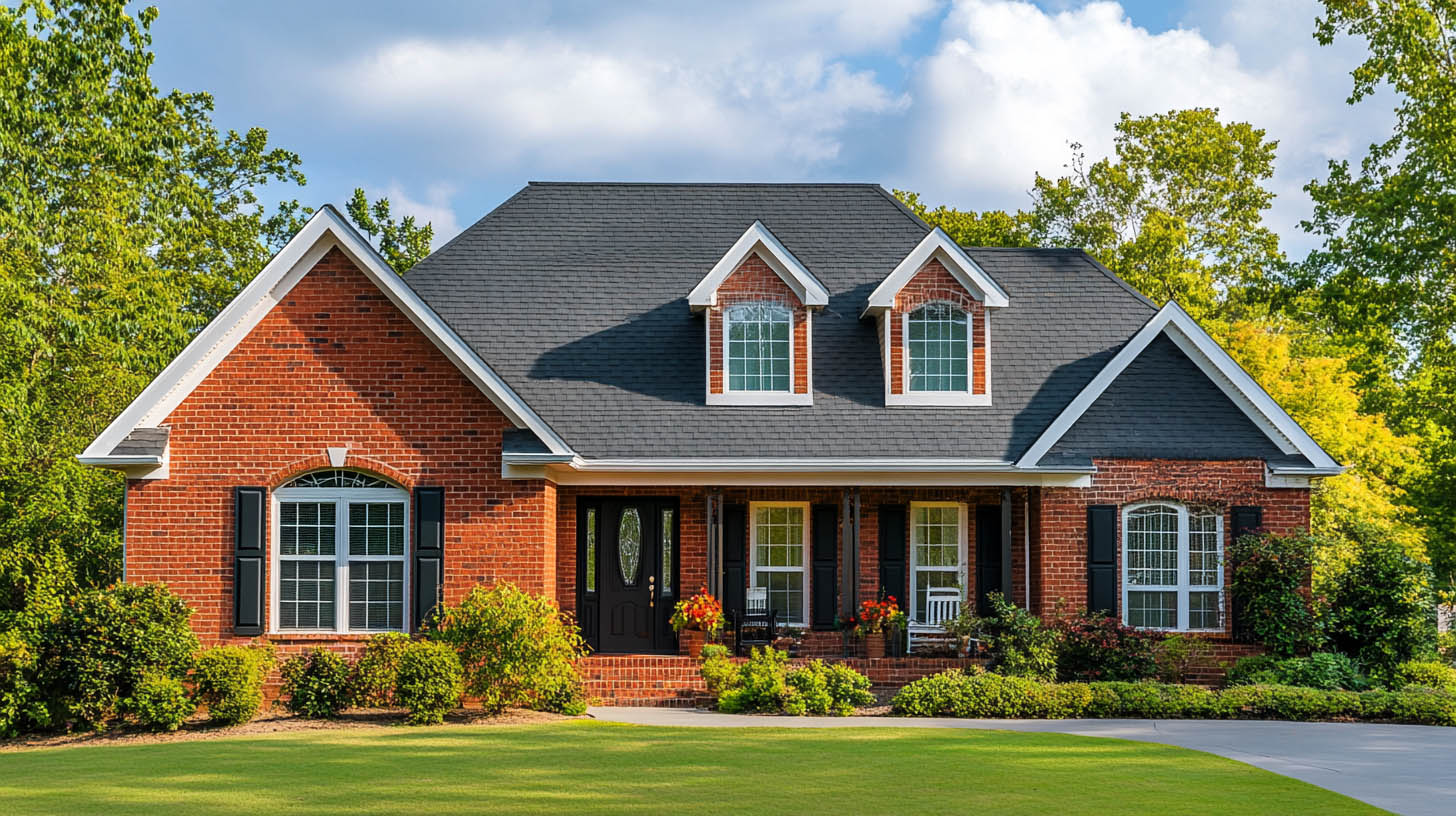
The Key Differences Between Commercial and Industrial Roofing
While commercial and industrial roofs may appear similar at first glance, they serve different purposes and require distinct materials, design considerations, and installation techniques. Whether you manage a retail center or an industrial facility, understanding these key differences is essential when making decisions about roof maintenance, repairs, or replacements. In Weatherford, TX, where buildings are exposed to intense sun, high winds, and seasonal hailstorms, selecting the right type of roofing system ensures both performance and longevity.
Understanding the Purpose of Each Roof Type
Commercial Roofing
Commercial roofing typically covers buildings such as retail stores, office complexes, restaurants, schools, and hospitals. These roofs prioritize aesthetics and customer experience, often incorporating design elements that enhance the building’s curb appeal. They may include HVAC systems, skylights, or green roofing systems, which require additional engineering and waterproofing solutions.
Industrial Roofing
Industrial roofing, on the other hand, is primarily function-driven. These roofs are built for manufacturing facilities, warehouses, factories, and distribution centers. Because these buildings often house heavy equipment, chemicals, or sensitive inventory, the roof must withstand higher levels of stress, including chemical exposure, heat emissions, and continuous foot traffic.
At DT Roofing, we specialize in assessing the unique needs of each building type, providing tailored solutions that prioritize longevity, safety, and efficiency.
Key Material Differences
Commercial Roof Materials
Commercial roofs often use materials that combine visual appeal and durability. Some popular options include:
- TPO (Thermoplastic Polyolefin) – Known for its energy efficiency and heat-reflective properties.
- EPDM (Ethylene Propylene Diene Monomer) – A durable, rubber membrane offering excellent weather resistance.
- PVC (Polyvinyl Chloride) – Offers chemical resistance and flexibility, ideal for restaurants and medical facilities.
Because commercial roofs may have more foot traffic and visible components, aesthetics and walkability are also important considerations.
Industrial Roof Materials
For industrial roofing, durability and function come first. Materials must resist corrosion, thermal expansion, and potential chemical damage. Common options include:
- Modified Bitumen – Highly durable and resistant to extreme conditions.
- Metal Roofing Systems – Ideal for their strength, lifespan, and minimal maintenance requirements.
- Built-Up Roofing (BUR) – Consists of multiple layers that offer excellent protection for high-load environments.
These materials are typically selected for their ability to withstand the physical demands of industrial operations.
Structural and Design Considerations
Roof Slope and Drainage
Both commercial and industrial buildings often use flat or low-slope roofs. However, commercial buildings may incorporate more design elements like parapets or decorative overhangs. In contrast, industrial buildings often emphasize efficient drainage and simplicity to reduce installation time and maintenance costs.
Equipment and Load
Industrial roofs must often support heavy mechanical systems, ventilation shafts, and piping. They’re designed to carry a higher dead load (permanent weight) and may require structural reinforcements that aren’t needed in a standard commercial application.
Insulation and Energy Needs
Both commercial and industrial facilities need insulation, but for different reasons. Commercial buildings may use insulation for indoor comfort and energy savings. Industrial buildings often need thermal regulation to protect machinery or regulate internal heat generated from equipment.
Maintenance Requirements
Commercial Roof Maintenance
Regular visual inspections, sealing of joints, and HVAC flashing maintenance are common for commercial roofs. Since these buildings often remain open to the public, quick repair turnaround and minimal disruption are essential.
Industrial Roof Maintenance
Due to their exposure to extreme conditions, industrial roofs require more robust inspection schedules. Facility managers need to watch for damage from chemicals, smoke exhaust, or constant foot traffic, and repairs may involve specialized crews familiar with safety regulations and compliance protocols.
ROI and Lifecycle Expectations
While commercial roofs are designed to last 20–30 years with regular care, industrial roofing systems are typically engineered for even longer lifespans under rigorous conditions. Choosing the right roof type ensures fewer disruptions, lower repair costs, and better protection of your assets.
Why Choosing the Right Contractor Is Critical
Whether you’re managing a retail space or a large-scale manufacturing facility, the contractor you choose will determine the success of your roofing project. Commercial and industrial roofs require different skill sets, safety training, and planning.
DT Roofing is proud to be recognized as a Top 100 Roofing Contractor by Roofing Contractor magazine. Our team is trained in both commercial and industrial installations, using OSHA-compliant methods and certified systems that are proven to last in Weatherford’s challenging climate.
As an Owens Corning Platinum Preferred Contractor, we also offer enhanced warranty options and long-term protection, giving property owners peace of mind and confidence in their investment.
Final Thoughts
Understanding the differences between commercial and industrial roofing helps ensure you select the right system for your building’s needs. From material choices and design factors to long-term maintenance and ROI, each element must be carefully considered.
For businesses in Weatherford, TX, DT Roofing offers unmatched experience and local expertise. Whether you’re building from the ground up or replacing an aging roof, we deliver high-performance roofing systems designed to keep your operations running smoothly and your property protected.
Read also our blog: Top Roof Styles That Add Value to Your Home










